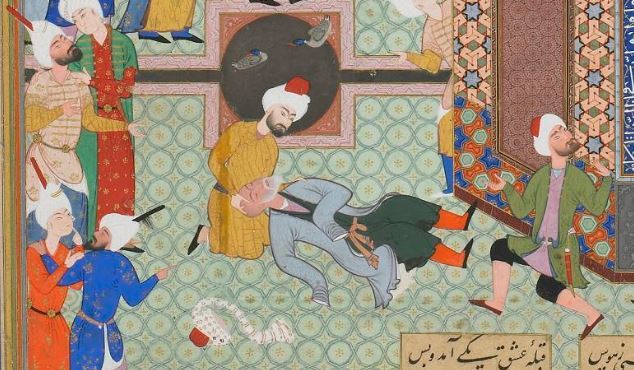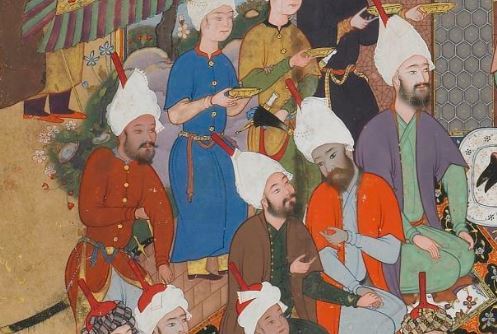About
The Haft Awrang Manuscript
Haft Awrang (Persian:هفت اورنگ, English:Seven Thrones) is a compilation of seven masnavi poems (literally translated as "rhyming couplets of profound spiritual meaning" in Arabic) and constitutes the most famous collection of poetry of Jami from the second half of the 15th century.
The illustrated version of the Haft Awrang was created in the Mughal capital of Kabul. It is comprised of illuminated folios, many embellished with gold leaf. The text is written in nasta'liq, a type of Arabic script common in the 15th century, arranged into four columns on each page. The manuscript is dated to 1556-1566 and contains 304 bifolios with illuminations.
The manuscript currently resides at the Smithsonian Institutions's Freer Gallery of Art and Arthur M. Sackler Gallery in Washington, D.C.
Jami
Jami was a well-known Persian poet and scholar, widely regarded as the last great Sufi poet of Iran. Sufism, sometimes referred to as Islamic mysticism, was regarded as the manifestation of mystical practices in the Islamic faith. Through the many mystical paths within Sufism, Muslims sought to encounter divine love and knowledge through direct personal experience with God. Much of Jami's poetry expressed his ethical and philosophical beliefs.

